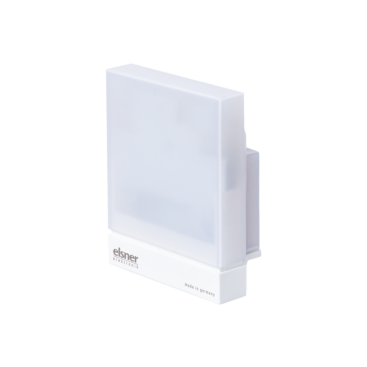The most important substance in indoor air for human well-being is oxygen. However, the carbon dioxide (CO2) produced during respiration and other processes is measured. CO2 is what constitutes "used air": Oxygen that is "good" for humans has been converted into carbon dioxide that is unusable for humans. Too much carbon dioxide leads to tiredness and lack of concentration and can cause headaches in sensitive people. Fatal CO2 concentrations are not to be feared in living rooms, but the situation is different in fermentation cellars, for example. There, CO2 measurement is mandatory.
The decreasing performance with increasing CO2 concentration makes the topic particularly relevant for companies and schools. At the workplace, everyone should have a clear head, therefore the CO2 value must be below the MAK (maximum workplace concentration according to DIN 1946) of 1500 ppm. This value is already very high, 500-1000 ppm are recommended. For comparison: fresh air has 350-500 ppm.







